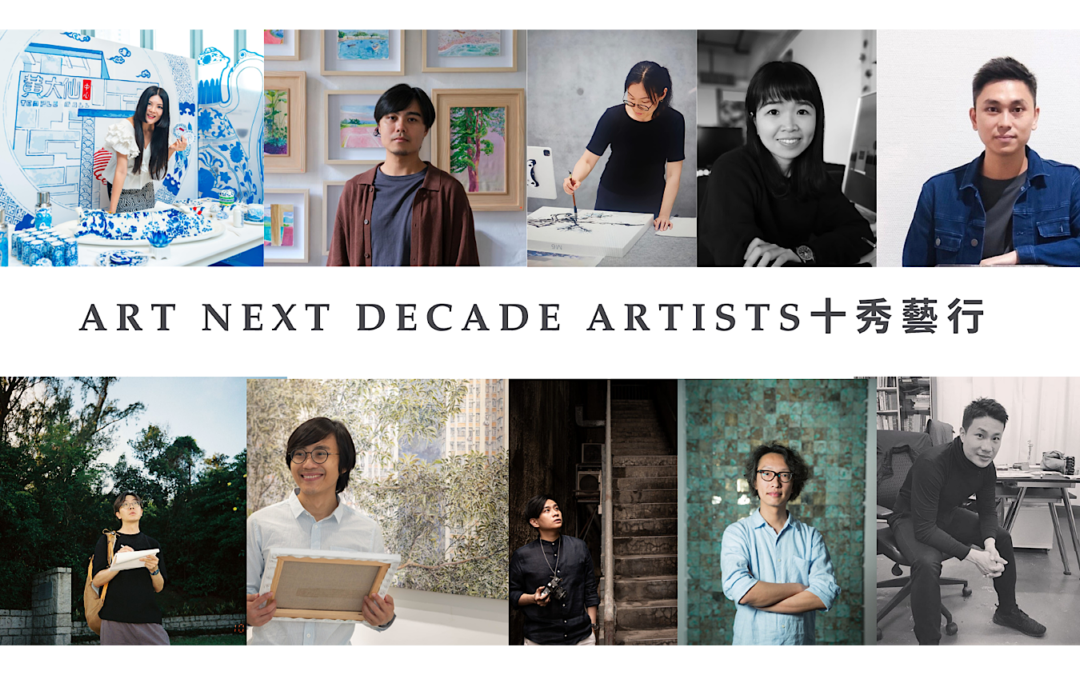— 香港浸會大學視覺藝術院客席教授鄧海超
2015年「新藝潮」藝術博覽首次舉行,至今已踏入十週年的第五屆。博覽是民間自主的公開平台,期間發掘了不少傑出的中青一輩本地及海外的藝術家,彌補了一個重要的推動視藝空缺,成績斐然。今次「新藝潮」藝術博覽十周年大展,特別邀請十位以前入選的優秀藝術家參展,以揭示他們最新藝術進展及風格成就。
在「十秀」創作中,我們可暸解香港藝術家的文化特質和他們的藝術取向。胡浚諺、李欣儀作品均自香港家居地貌得到啓發,注入本地元素特色。李欣儀探索繪景藝術,人與所居所動的環境空間關係,如屋村、公共場所及公司商舖,從空間、物件及日常運作檢視現代化社會的生活模式,在塑膠彩和空間建構中令觀眾與地景共呼息。胡浚諺描畫房間居所空間,透過傢具、杯碗、枱椅、窗戶、光線形成的層次空間和氛圍。繪畫是他與生活連繫的一種方式,以一種近乎記錄式的方式日復日地描繪對象,相信這樣也多少能把對生活的感受投射在畫面上,在平凡的日常事物中尋找生命的痕跡。
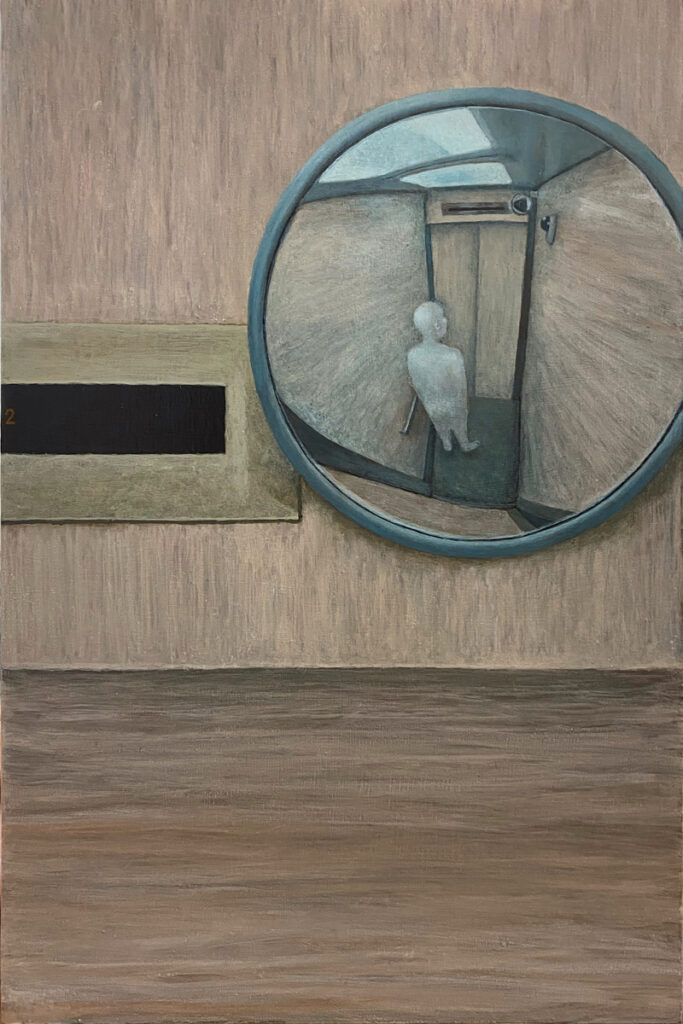
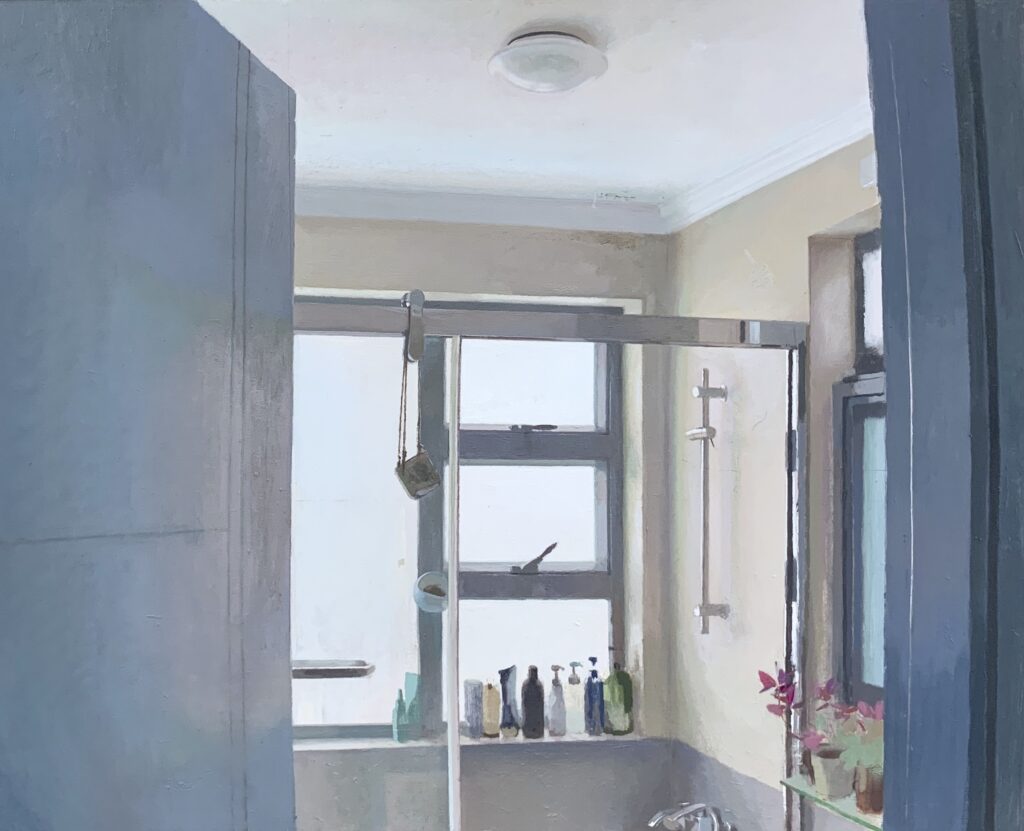
風漸和黃進曦展品均以植物和大自然及題材。風漸以細密纖巧的筆觸,綿密構圖,描畫葉子、花朵、磚石和樓房等,在無盡細緻與真實中,加入大量經營,不論在色彩、光暗、構圖、意境等方面,每一塊小小的紙皮石,每一片小小的葉子,都恰如其分的在風漸的作品中,閃耀著本身的生命力、自在的風采,呈現似曾相識,又像是不曾看見的城市景象,帶領觀者進入寫實與想像之間。黃進曦風格自然率真而放逸,色彩柔雅,筆觸靈動,殊具詩意和素人情懷。其風景畫受英國傳統風景畫啓發,但自成面目,遊走於人與自然的關係空間,退步自然,怡然自得。賴筠婷以工筆筆法寫人物,是「工筆重塑」的代表畫家之一。賴筠婷擅以中國工筆描繪人像和日常生活情景,筆觸溫婉細膩,色彩妍雅含蓄,多描繪家庭親子情感、社會生活場景、揭示人際關係,又擅畫花卉,為女性畫家中表表者。今次展品以康楽棋盤為畫面,勾描騎木馬、摩天輪、滑梯等,孩童玩楽其中,天真可愛,溫馨怡人,勾起我們的兒時集體回憶。
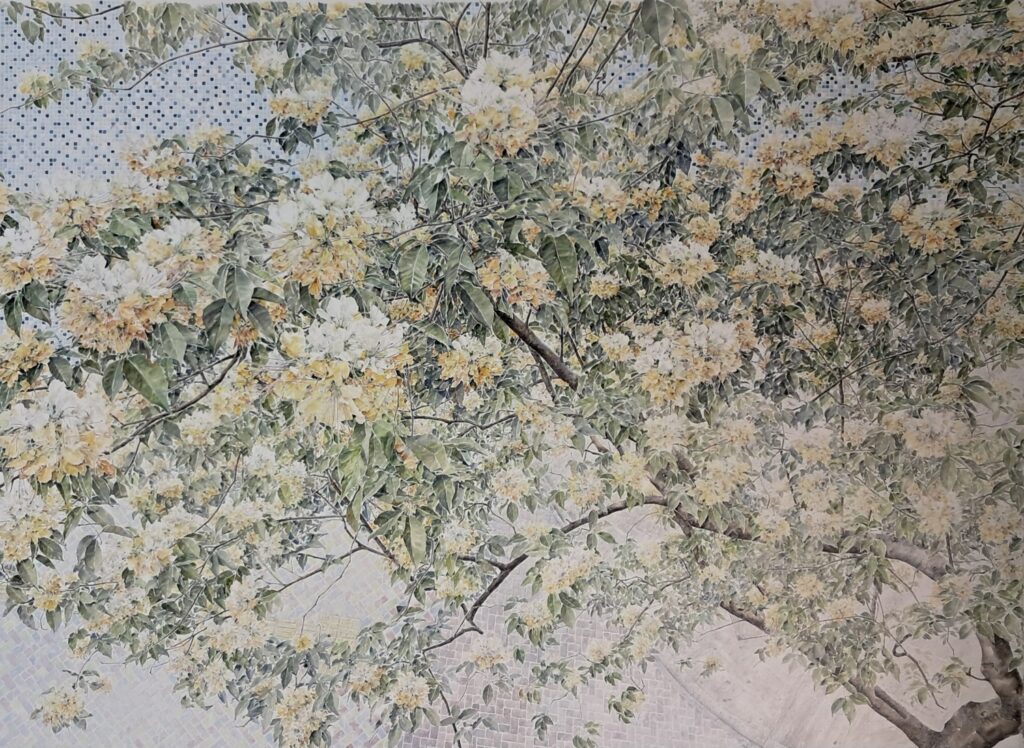
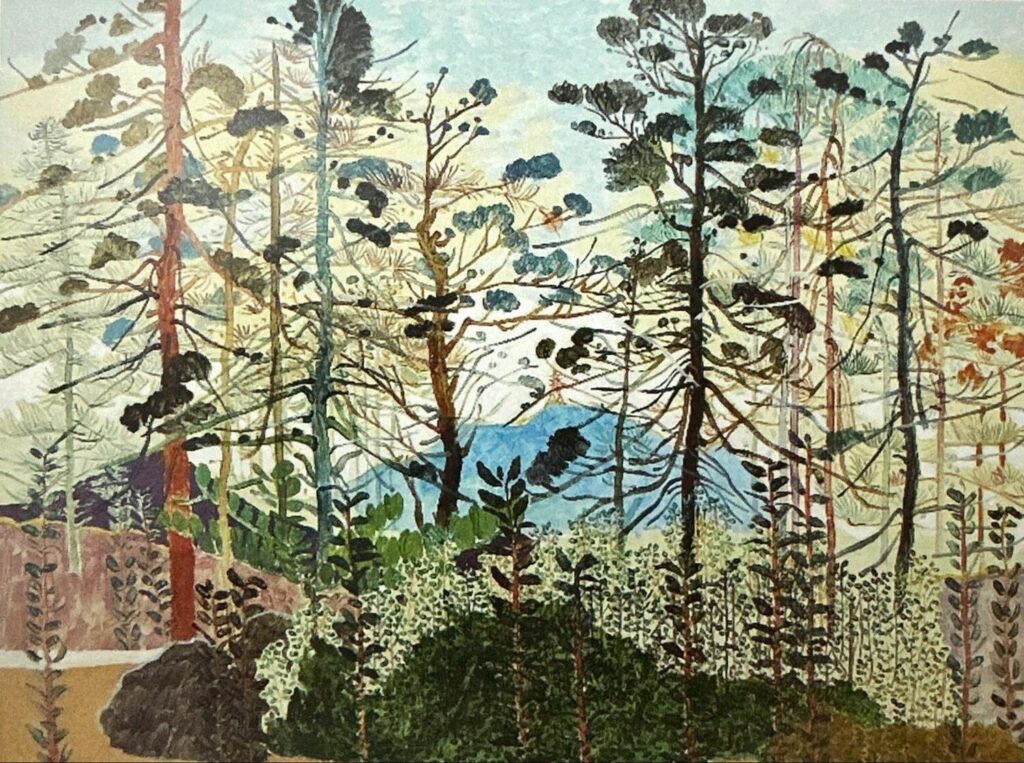
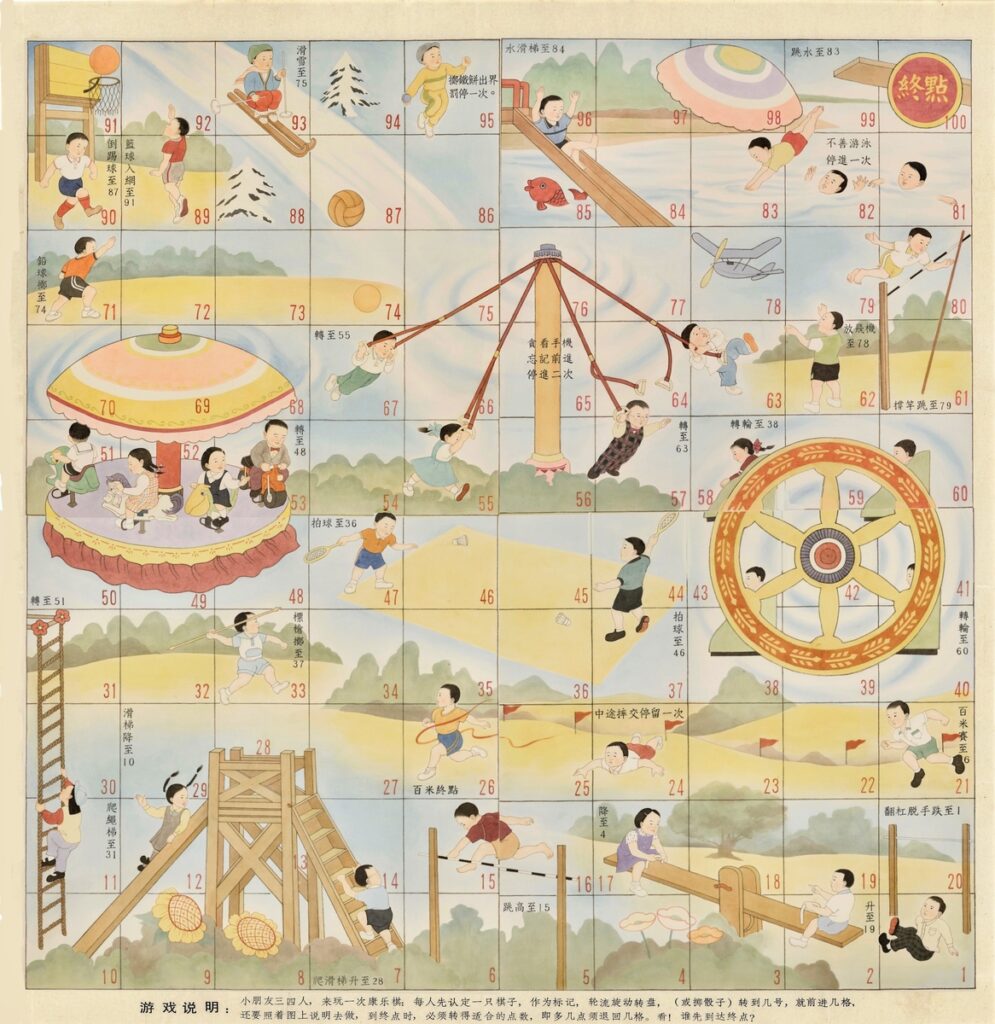
許開嬌、邱榮豐亦為十秀中以古易今的卓越畫家。許開嬌從工筆重彩拓展藝術風格,又從古代青花瓷紋樣擷取題材,轉易為現代物品如甜品美食、碗杯碟盤;又結合傳統題材如吉祥活潑的金魚、屏風傢具建構古今相容的空間,富於創意。邱榮豐重視畫面內容、觀看方式與外在形式之間的潛在關係,並利用立體或裝置的形式,建構平面水墨以外的時空情景。他認為山水並非單純描寫物象,而是在過程中觀察並感受自身的變化,表現出一種精神指向。受到近十多年來「重塑工筆」風格的影響,他從古代工筆山水、重彩設色擷取靈感和技法,運用細緻的皴法和縝密的構圖及遠近層次章法,時而加入裝置立體元素來重塑古代晉唐宋元山水,賦予現代意趣,呈示新一代香港畫家的創意。
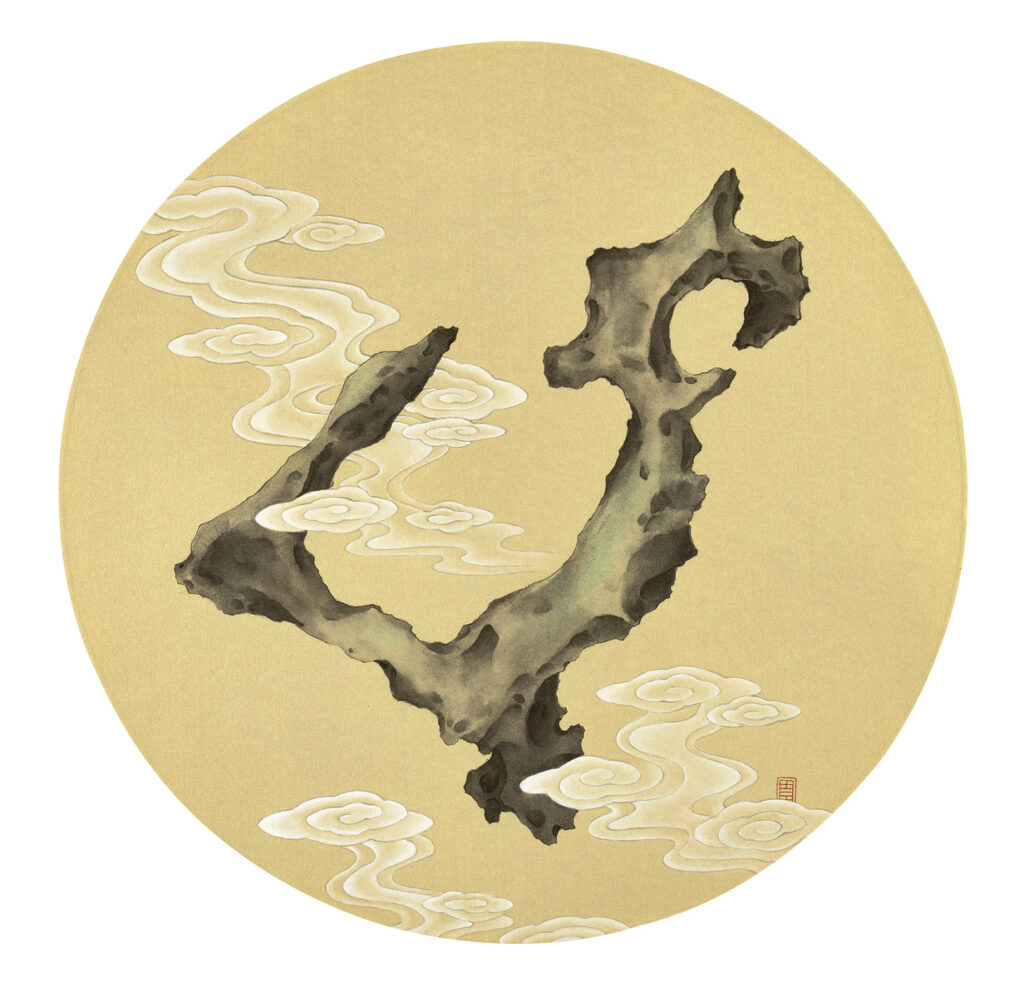
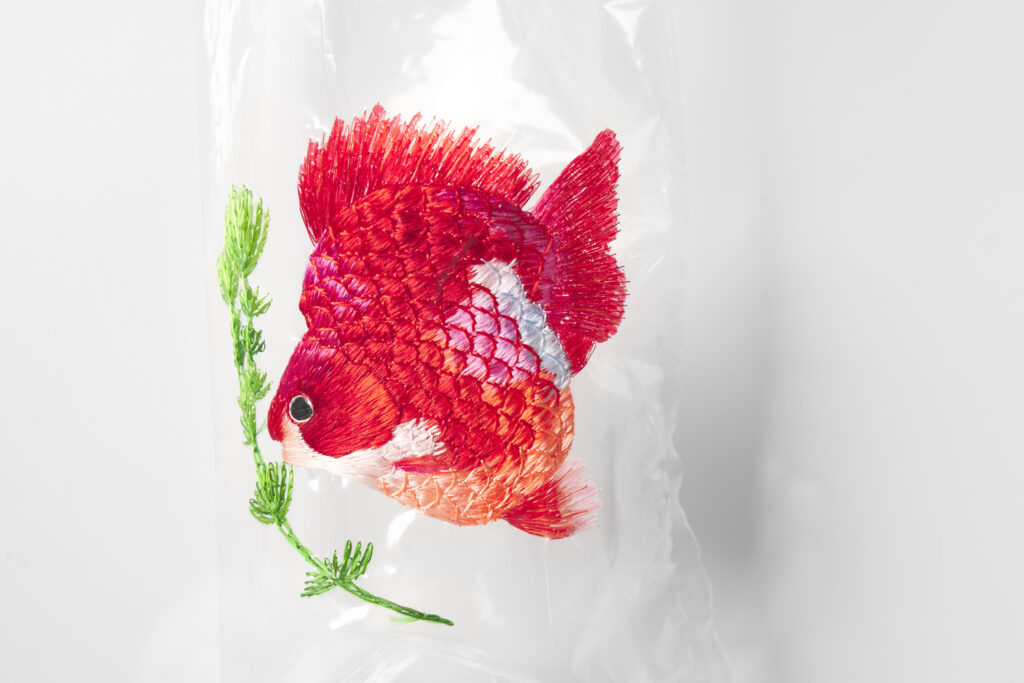
鄭哈雷的藝術多元萬變,時而從時事中取材,畫面中有源自政治人物、軍事設備,當中的手法依然玩味十足而有強烈的諷剌意味。畫中圖象予人一種「超現實」和「戲劇性」的感覺,甚至難以分辦真偽。圖象的敘事皆能揭示制度上的「不可靠」。他探索事件的支離瑣碎的含義和塑造的人性關係。近年創作的「木棉花」系列以沉厚的筆觸和鮮明紅色描畫英雄花,可以看到四年間城市的木棉變化,花掉在地上,被車輾過遺留在地上,運用暴力的紅色展示此情此景,到現在選用較柔和的色調襯托逝去的花朵,外境的變化,對他的情緒考驗,如何在數年間理解種種無法轉變的法則。
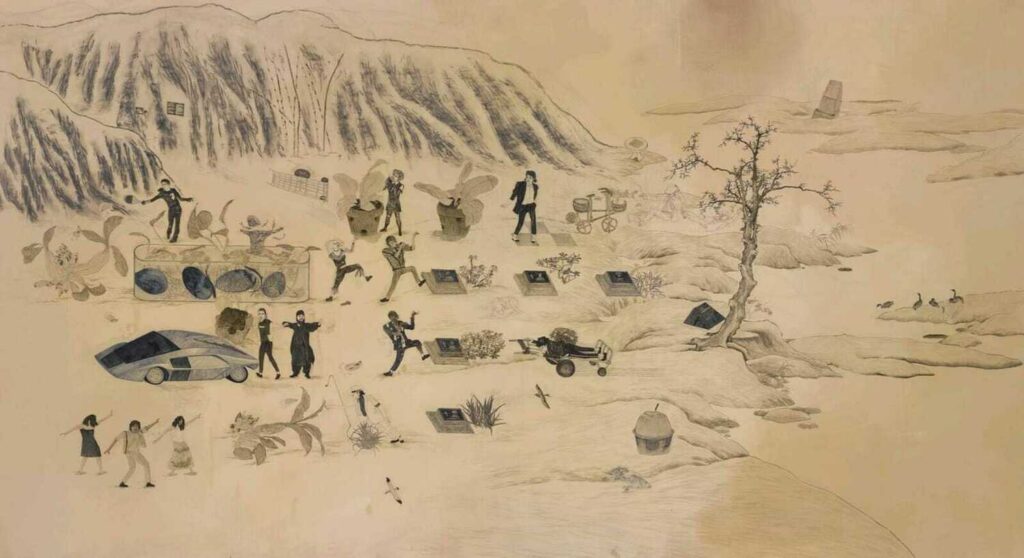
Kasper Forest 的十年攝影計劃「Conflict Hong Kong」,是對攝影作為社會記錄媒介的一場反思與長期探索。拍攝對象涵蓋低下階層、無家者、少數族裔、LGBTQ+ 群體、文化少數社群等。除了紀錄影像,作品不僅捕捉了香港近年的社會變遷,也收集相中主角的故事,以他們第一身的自白敘述那些數之不盡的隠藏故事,更將鏡頭對準那些被邊緣化的群體,呈現他們真實的生活困境,揭示其生命故事與主流社會之間的內在張力。透過影像,藝術家將觀者的目光引向常被大眾忽略的社群,進而喚起對這些群體的關注與討論。因此,「Conflict Hong Kong」 不僅是一個紀實攝影項目,更是一種以影像與敘事為基礎的社會介入,意圖激發公眾反思並付諸行動。
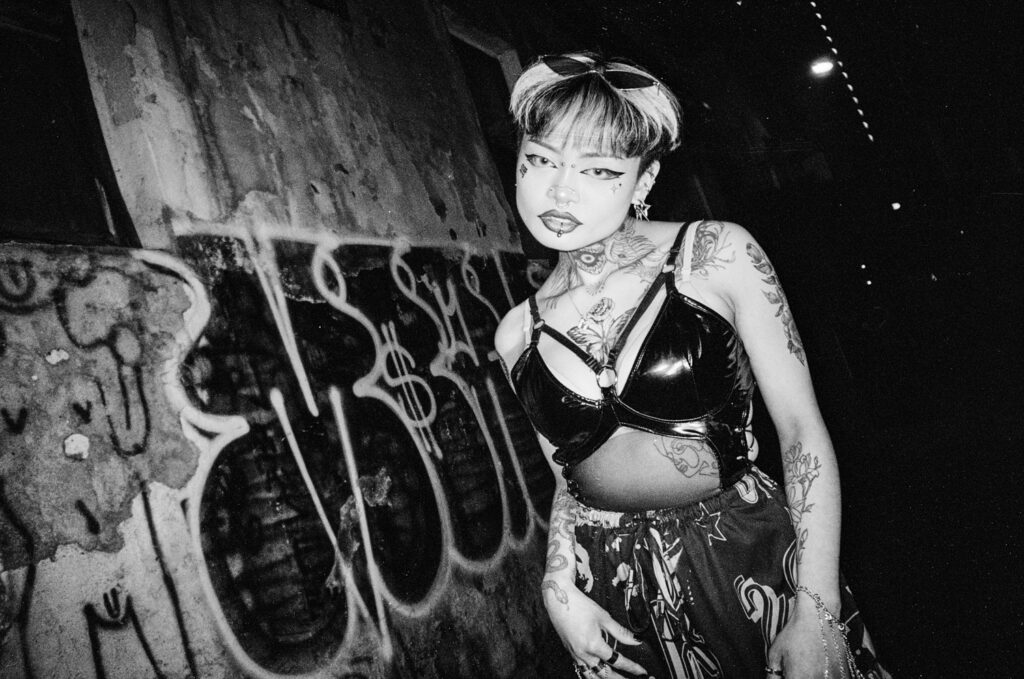
張浩強由個體解構、重組而營造完整意象。他的作品創作範疇從繪畫敘事逐漸擴展到身體行為的探索。作品《行走.面具》可能是一種修飾,也可能是另一種表現。戴上面具有一種保護作用,同時也能在公眾場合展現另一個自我。面具是一種仲介,一方面提供保護和隱藏的功能,為自己提供一個隱藏的空間。另一方面,面具也可以顯現出不同的形象。在某些宗教儀式中,戴上面具可以隱藏自我,讓神靈透過面具顯現。當真相被遮蔽時,荒誕的一面也會在生活中浮現。因此, 面具不僅是開啟內在世界之窗,也是現實世界中的一個可能性之窗。他將銅片碎片集合起來,重新組合成一個覆蓋身體的面具,這樣步行的痕跡就會具有另一層意義。這層新的意義可以被視為一個符號或者一個面具,一方面展現和表達行走痕跡的想像和附加內容,另一方面解構和隱藏原本真實的痕跡。另一種解構和重組的方法是編碼,將銅片的資訊轉換為數碼立體模型,並將其延伸至(AR)虛擬擴增實景。把恍如真實的銅片模型作為一個虛 擬面具,投射到現實世界中,一方面增加對現實想像的可能性,另一方面作為一種遮蔽和掩蓋真實。這幾位元元藝術家的作品反映了香港作為多元相容,又面對當代人際關係、身份認同、生活矛盾、衝突曖昧的都市文化。
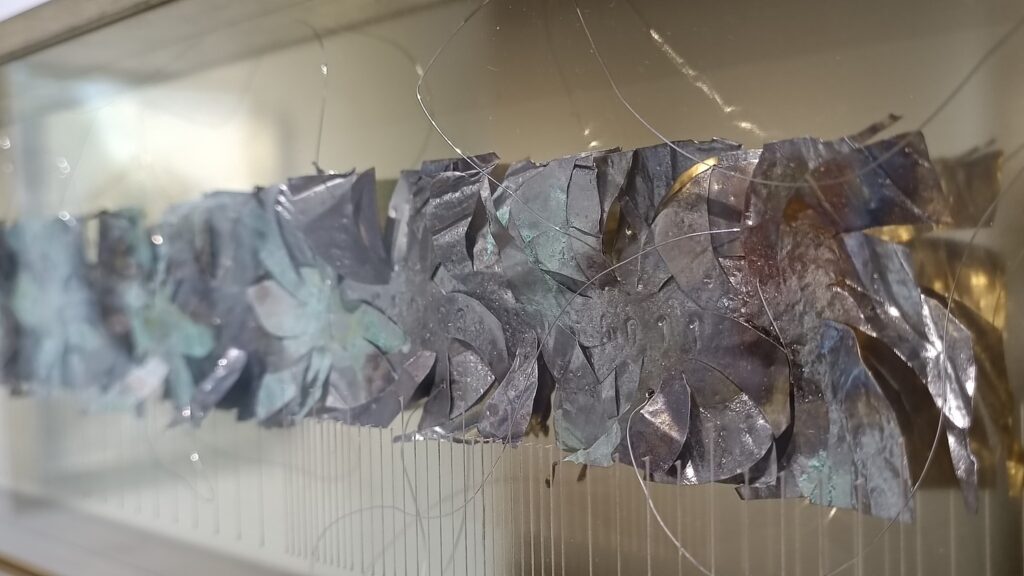
ArtNext Decade Artists
TANG Hoi Chiu,Adjunct Professor, Academy of Visual Arts, Hong Kong Baptist University
Since its inception in 2015, ArtNext Expo celebrates its 5th presentation and 10th anniversary this year. Initiated by a non-government entity, this mega-event has, over the years, recognised by numerous local and overseas artists, significantly filling a major gap in the promotion of visual arts in Hong Kong with remarkable achievements. To celebrate its 10th anniversary, Art Expo has invited ten artistic talents from previous years to showcase their latest artistic developments and stylistic accomplishments.
From the works of these ten talents, we can glean insights into the cultural identity of = Hong Kong and their artistic pursuits. Aries Wu and Abby Lee, for instance, draw inspirations from the household environments, landscapes and cityscapes of Hong Kong, infusing their works with expressive local elements. Abby Lee explores the spatial relationships and dynamics between people, environments, and places, such as housing estates, public areas, and commercial spaces, to reveal the modes of living and activities in a modern city. Her use of spatial compositions and acrylic applications allows the audience to experience a breath of land art. Aries Wu focuses on household settings, depicting furniture and everyday items like cups and bowls, chairs and tables, windows and light shades. His works offer a perspective on space and ambience, closely related to everyday life. Serving as a kind of documentary record, he captures his pictorial subjects daily, imbuing his art with experience and passion drawn from life, with traces of living in ordinary daily objects.
Yiu Chu Tung (Fung Chim) and Stephen Wong both focus on plants and nature as their pictorial subjects. Fung Chim is renowned for his delicate and meticulous brushwork and sophisticated compositions, which masterfully render leaves, flowers, plants, bricks, and old houses. He pays close attention to colouring, shading, pictorial portrayals and atmosphere, achieving a balance between precision and realism. Each mosaic tile or leaf in his works sparkles with life and nature which look familiar yet somehow distant cityscapes that transport the audience to a world of realism and imagination. Works by Stephen Wong are noted for lyrical and naturalistic aura, characterised by subtle colours and free brushwork that are associated with poetic and naïve mood. His landscapes are inspired by English traditional oil paintings but characterised by strong individual styles that illuminated in human footprints and nature, attaining a state of step back in nature.
Sue Lai is a prolific artist of the gongbi fine art style, who renders her works with precise and delicate brush strokes as well as colours. Her work often explores themes of family life, social activities and ambience of modern city life, describing relationships between people. Additionally, she is skilled in painting flowers and is known as a representative female artist. Her work Health and Happiness Chess featured in the exhibition is a creative setting of the health and happiness chess board enriched by scenes of children playing happily with wooden horses, a Ferris wheel a sliding ladder and more vividly recalling happy moments from our collective memory.
Angel Hui and Ross Yau are established painters who mastered traditional techniques and transformed them into contemporary expressions. Angel Hui creatively adapts gongbi fine-line techniques and bright colours in Chinese painting to modern contexts. She derives styles and motifs from traditional underglaze blue wares, reimagining these pictorial designs into contemporary objectives such as desserts, bowls, cups and plates. Additionally, she modulates the auspicious decorative design of goldfish, setting them amidst old house furniture, screens or mansion environments, bridging antiquity and modernity.
Ross Yau focuses on the pictorial expressiveness, audience engagement, and the format of Chinese painting. He manipulates two- and three-dimensional presentations to create a unique temporal space. Rather than merely depicting landscapes, he explores the sentimental shifts and artistic transformations in painting to achieve a transcended spiritual state. Influenced by a revival in gongbi painting, Yau draws inspiration and techniques from traditional landscape art, revitalising the essence of Jin, Tang, Song, and Yuan landscapes with fresh interpretations of cun texture strokes and massive compositional rendering, adding elements of installations and three-dimensionality to foster a contemporary aesthetic.
Hailey Cheng’s artistic style is versatile, often picking themes from current affairs such as political figures and incidents and military infrastructures, with a strong critical and satirical massage. His works imbue surrealistic and dramatic elements, blurring the lines between truth and fabrication. His narratives reveal insecurity within established systems. His recent series on the red kapok—the so-called “hero flower”—uses heavy, thick brushwork and blood-like red colors to convey a violent and striking feeling, expressing his response to external environmental changes and societal rules that resist rationalisation.
Kasper Forest’s signature project Conflict of Hong Kong embarks on a journey of social record photography, capturing images of the underprivileged, homeless, minorities, LGBTQ+ groups. More than just documentary, his work captures the social changes in Hong Kong in recent years, revealing the hidden or untold stories of his subjects and exposing the dynamic conflicts in their lives and in modern society. His images draw public attention to the overlooked, stimulating debates and actions.
Edward Cheung’s art involves the deconstruction and reconstruction of elements, transforming narrative into behaviour. His works walking, masks can be regarded as decorative application, or an alternative representation. Masks serve a dual function: they provide protection and allow the wearer to assume a different persona in social gatherings. Beyond their protective and disguising roles, masks in Chang’s work also function as tools to recast various images. In religious rituals, a mask can conceal the wearer, allowing deities or spirits to manifest. When the truth is obscured, the more absurd aspects of life come to the forefront. Thus, masks not only reveal the inner world but also create new possibilities in real life. Chang gathers fragments of copper and bronze, resembling them into a mask that covers his body. As he walks, this behaviour takes on additional meanings, which symbolise something deeper or simply act as a mask, displaying the walking footprints and their associated messages. An innovative aspect of his work involves coding these fragments into a digital model, which then extends into AR virtual images. This transformation allows genuine fragments to become virtual masks that project into real life, adding layers to the imagination and serving to both conceal and erase reality. These works by Edward Cheung, along with those of other artists mentioned, reflect the complex, inclusive, and cross-cultural dynamics of Hong Kong. They explore and express the city’s conflicts, clashes in human relationships, personal identities, life struggles, and inherent ambiguities.

